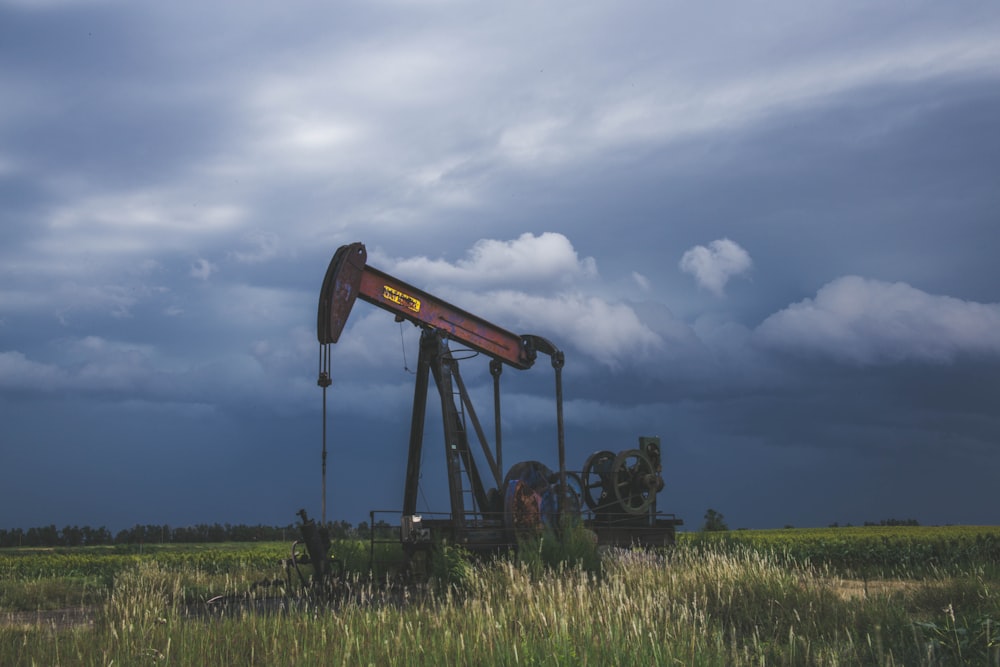The Energy Report: Getting Past The Peak
Oil prices must get past the peak. Such as so-called ‘Peak Oil’ and so-called ‘Peak Demand’ and in the short term, the peak of the summer driving season. Oil prices are pulling back after a very quite Labor Day Monday session on concerns allegedly that China’s economy is tanking. The well-known property issues and now a report that a major oil company in China says that perhaps gasoline demand in China may have already peaked due to the rise of electric vehicles that has raised some eyebrows even as China oil demand stays near records even as their economy is in turmoil. China’s Sinopec is to adjust its forecasts, saying peak domestic gasoline demand has already passed and it’s all downhill from here. Atlas reported that new energy vehicles (NEVs, meaning battery-electric and plug-in hybrid cars) are at a rate of 37.8%, a percentage which has rocketed up from 30.0% in 2022, 15.5% in 2021 and just 5.4% in 2020.
Today China’s Caixin/S&P Global services purchasing managers’ index (PMI) dropped to 51.8 in August from 54.1 in July, the lowest reading since December when COVID-19 confined many consumers to their homes according to Reuters. That report caused a surge in the dollar as traders reacted and it caused a retreat in precious metals and to a lesser extent oil. Yet while we start worrying once again about a weak Chinese economy and the passivity of peak gasoline demand in China, we must ask ourself why then, with oil demand in the world at a record high is and why are global oil inventories tightening. Well, you always must question peak anything. I spent years trying to explain the fallacy’s surrounding ‘peak oil’ or at least the talk that somehow the world would run out of oil. Of course, high oil prices and innovation spurred by market forces became so successful that then we started to talk about ‘peak demand’. During the covid shutdown, there were some that predicted that we would never see demand recover to post covid levels. Yet here we are with global demand at an all-time high of 103m barrels a day in June driven by what the International Energy Agency said was better than expected economic growth in OECD [Organization for Economic Co-operation and Development] countries, strong summer air travel and surging oil consumption in China, particularly for petrochemical production. Don’t you hate it when the data does not fit the narrative.
In fact, despite the weakness in oil, the crack spreads for diesel and gasoline are rising. Strong demand continues despite the massive electric push. It will also be a push for lithium, nickel, cobalt, graphite, copper, which is in tight supply and may make future EV’s unaffordable for the masses. Not to mention what they plan to do with batteries and cars that will fill up junkyards as batteries fail and are too expensive to replace.
In fact, if you look at all the trillions of dollars that have been spent on alternative energy sources, you would have to admit that the results, as far as a percentage of the energy mix that controls, is highly disappointing. Somewhere around 30% but that is with the caveat that almost all these sources rely on fossil fuels as they are all interruptible sources of energy.
This week the crude oil reality should set in as we expect to see another big drawdown in oil. We also will see another big draw in the Cushing, Oklahoma hub. As Reuters reported last week, U.S. commercial crude oil inventories have depleted by 34 million barrels since the middle of July. Commercial crude has accounted for all the drawdown in total inventories over the same period, which have fallen by just 19 million barrels since July 14, with products up by 12 million and strategic stocks up by 3 million. As a result, commercial crude stocks were just +1 million barrels (+0.3% or +0.02 standard deviations) above the prior ten-year seasonal average on August 25.
The US rig count continues to fall and while the Energy Information Administration changed the way they count oil production, the lack of rigs means oil production will fall.
The crack spreads are still signaling worries about both gasoline and diesel but mainly diesel. Reuters reports that, “U.S. DISTILLATE fuel oil supplied (a proxy for domestic consumption) was revised higher over the course of 2022 in new and more comprehensive estimates published by the U.S. Energy Information Administration in its Petroleum Supply Annual. The total volume of distillate supplied was revised up by +23 million barrels (+1.6%) or around +63,000 barrels per day. Stronger consumption helps explain continued downward pressure on distillate inventories and upward pressure on crack spreads.
Reuters also reports that, “The oil market is vulnerable to price spikes due to low inventories and underinvestment in new oilfields, a senior official at global commodities trading firm Trafigura said on Monday. While the market sees the fair price for oil at $72 to $88 per barrel, “the markets are probably a bit too relaxed,” Ben Luckock, co-head of oil trading at Trafigura, told the APPEC conference in Singapore. “I think the market is vulnerable to price spikes because of the long-term underinvestment in new oilfields. Higher interest rates, which make it more expensive to hold oil in storage, are another factor,” he told Reuters on the sidelines of the event.
This squeeze is one of the reasons we have been warning to be hedged. Use weakness to get hedged if you failed to do so.
Natural gas is falling due to seasonal pressure and the possibility that the LNG strike overseas can be averted. Some expected relief from the heat is also putting some downside pressure on the market.
More By This Author:
The Energy Report: Knocking On The DoorThe Energy Report: Things That Make You Go “Huh?”
The Energy Report: Abundance Of Caution.




